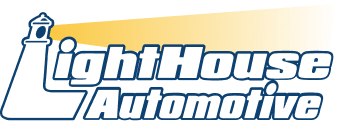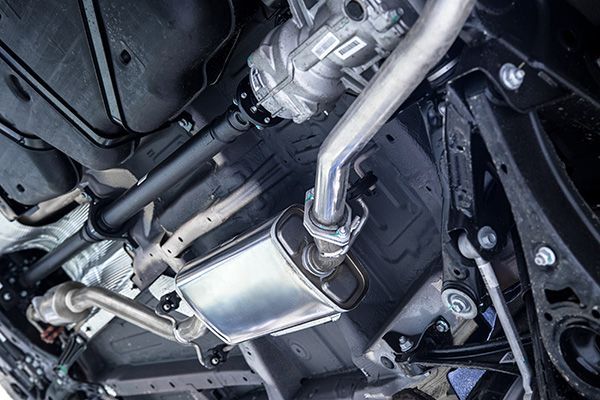Sometimes you might hear the terms “powertrain,” “drivetrain” and “driveline” used interchangeably. They are all very much related, but there are important differences between these automotive terms.
Everyone knows about the engine and the transmission, and most people have at least a basic understanding of how those work. The engine supplies power and the transmission controls the power as it is sent out to the wheels. The driveline is often the most misunderstood part of this equation. It is ultimately what transfers that torque from the transmission to the drive wheels when the vehicle is in motion.
The first thing we want to look at is the differences between the terms powertrain, drivetrain and driveline. One way to think about is like a Russian nesting doll. Each term describes components that are part of the previous term.
Powertrain – The powertrain refers to everything that powers the vehicle. This includes the engine, the transmission and the driveline components.
Drivetrain – The drivetrain refers to everything in the powertrain except the engine. In other words, this is the transmission and the driveline.
Driveline – The driveline refers to everything in the drivetrain except the transmission. It includes only the driveline components that we will describe below.
Obviously, there are differences worth understanding when it comes to the terms above. Since the driveline components are often the least understood, we want to break those down further to help you know how that system works to transfer power from the engine and transmission out to the wheels.
Driveshaft – This is the first component in the driveline. It is connected to the transmission and begins the power transfer process that goes into the differential(s), axle shafts and wheels.
Differential(s) – A differential will control power to the individual drive wheels on either side of the vehicle. It is crucial for stability and energy efficiency. A front-wheel drive car will have a front differential. A rear-wheel drive vehicle will have a rear differential. An all-wheel drive will have both front and rear differentials to control all four wheels individually.
Transfer Case – In the case of a 4-wheel drive vehicle (4WD), there will be an additional component known as a transfer case. It is part of the drivetrain system that will control the torque for all four wheels.
Axle Shafts – An axle shaft will be connected on each side of the differential and out to the wheels themselves. They rotate independently based on the torque being managed by the differential.
U-Joint – The universal joint (aka “U-joint”) provides a flexible pivot point. It allows for variable angles of the driveshaft while torque is being transferred.
CV Joints – Constant-velocity joints (aka “CV joints”) are also part of the driveshaft. They are able to bend in any direction while the drive wheels turn at a constant velocity.
If your vehicle feels unusually sluggish or isn’t shifting smoothly between gears, it will likely be a transmission (drivetrain) or a driveline component issue that you will want to get repaired before it develops into something much worse. If you are in the Colorado Springs area, you can count on the team at LightHouse Automotive for all your automotive inspection and repair needs. We’ll get to the source of the problem and recommend the right powertrain, drivetrain or driveline repairs.
Call LightHouse Automotive today at (719) 465-0302 or schedule your service appointment online.






.jpeg)



